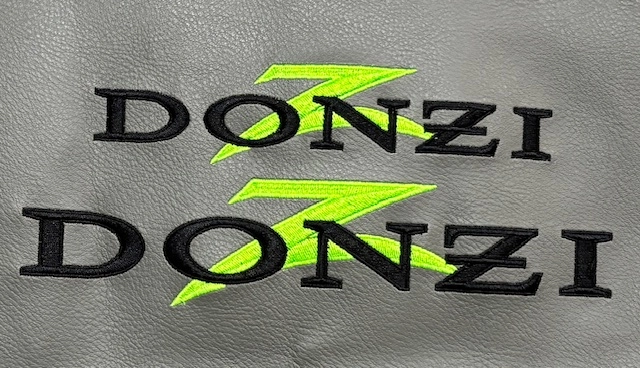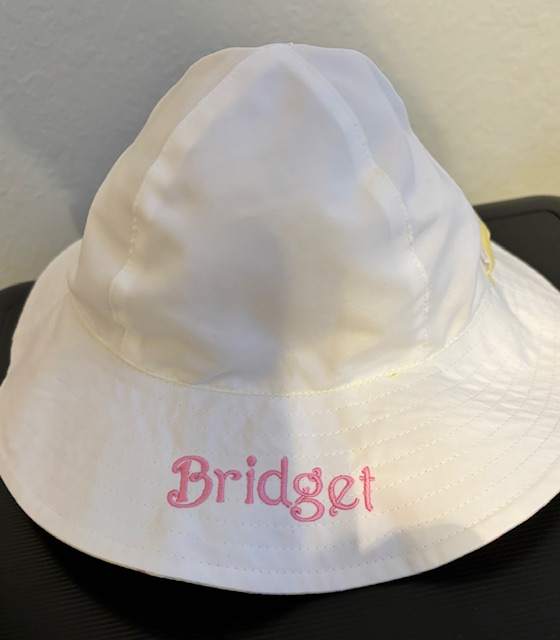Customized Lab Coats with Embroidery for Medical Professionals
Customized Lab Coats with Embroidery for Medical Professionals
Blog Article
The Art of Custom-made Needlework: Unlocking the Tricks to Creating One-of-a-kind and Remarkable Styles
Needlework, a craft steeped in custom and virtuosity, holds within its intricate stitches the power to transform material into a canvas of special expression. The secrets to developing custom-made embroidery layouts that captivate the eye and leave an enduring impact depend on a fragile balance of technique, creativity, and focus to information. As we explore the world of personalized embroidery, we uncover the nuanced interplay in between string choice, stitch intricacy, and layout personalization that elevates a simple garment to an artwork. Join us on a journey with the art of custom-made needlework as we decipher the enigmas behind crafting truly memorable and unique developments.
Selecting the Right Needlework Threads
When selecting needlework strings, what crucial factors should you think about to ensure the most effective outcomes for your personalized designs? The option of embroidery thread is essential in identifying the final end result of your stitched layout. One of the main considerations is the material of the thread. Various products such as cotton, polyester, rayon, and silk supply differing degrees of shine, sturdiness, and texture. It is vital to select a thread material that complements the fabric you are embroidering on and straightens with the desired appearance of the layout.
Additionally, the weight or thickness of the thread plays a significant function in the look of the embroidery. Thicker threads can add measurement and appearance to your style, while finer threads are perfect for intricate information and little message. Furthermore, taking into consideration the color fastness and washability of the thread is essential to ensure that your custom-made styles keep their top quality and vibrancy with time. By very carefully examining these aspects and selecting top notch strings that fulfill your details demands, you can boost the visual allure and long life of your stitched developments.
Exploring Different Stitch Techniques
To explore the world of 'Checking out Various Stitch Techniques', one have to comprehend the details and subtleties that each stitching method brings to the art of embroidery. Different stitch methods not just add visual passion however also contribute to the total structure and dimension of the design. One popular stitch technique is the satin stitch, which includes carefully packed parallel stitches to develop a smooth and glossy surface area, suitable for filling in shapes and producing bold outlines.
On the other hand, the backstitch is a versatile strategy commonly utilized for outlining and adding fine details. It entails stitching backwards to create a solid line of needlework. Furthermore, the French knot stitch adds a tactile aspect to styles, perfect for creating distinctive accents like flower centers or YOURURL.com attractive touches.
Exploring various stitch methods allows embroiderers to have fun with light, darkness, and deepness within their styles, boosting the visual appeal and artistic high quality of their needlework projects. By understanding different sewing techniques, one can unlock countless possibilities for developing one-of-a-kind and unforgettable personalized embroidery pieces.
Incorporating Personalized Style Aspects
Having checked out the intricacies of different stitch strategies such as the satin stitch, backstitch, and French knot, the emphasis now changes in the direction of including individualized design components in personalized embroidery jobs. Customized style elements play a vital role in making needlework tasks genuinely distinct and memorable.
Another method henry poole suit to include personalized layout components is by consisting of symbols or concepts that hold special significance to the recipient or mirror their passions and character. For instance, incorporating a favorite flower, animal, or hobby-related sign can make the embroidery design much more purposeful and personalized. In addition, picking shades that reverberate with the recipient or align with the desired style can additionally improve the personalization of the embroidery project.
Mastering the Art of Shade Coordination

One trick facet of color sychronisation is comprehending color theory. This consists of recognizing how various shades interact with each other, the feelings they share, and how they can be integrated to create visually enticing styles. By applying shade concept concepts, embroiderers can create harmonious color schemes that enhance the general look of the layout.
Furthermore, taking note of comparison is vital in color sychronisation. Making use of contrasting shades can aid certain elements of the style pop, enhance clarity, and develop an aesthetically vibrant needlework piece. By mastering the art of shade coordination, embroiderers can boost their layouts and develop remarkable items that resonate with clients and visitors alike.
Enhancing Structure With Advanced Embroidery Stitches

French knots, for example, are excellent for including tiny, elevated dots to your layout, simulating the appearance of beads or producing a distinctive surface. Bullion knots, on the various other hand, can be utilized to create twisted, ropelike aspects that include an elegant feel to the embroidery. Seed stitching involves tiny, scattered stitches that can fill out locations with a multicolor appearance, while turkey job develops fluffy, dimensional accents reminiscent of pet hair or foliage. Explore these innovative embroidery stitches enables you to press the boundaries of traditional needlework and create genuinely special and visually appealing structures in your layouts.
Conclusion
In final thought, the art of customized embroidery includes a combination of choosing the appropriate threads, discovering different stitch techniques, incorporating personalized design aspects, understanding color coordination, and improving appearance with advanced stitches. By recognizing and executing these crucial elements, embroiderers can create special and memorable styles that display their creativity and skill. Embroidery enthusiasts can unlock the secrets to developing lovely and bespoke pieces that attract attention and leave an enduring perception.
Report this page